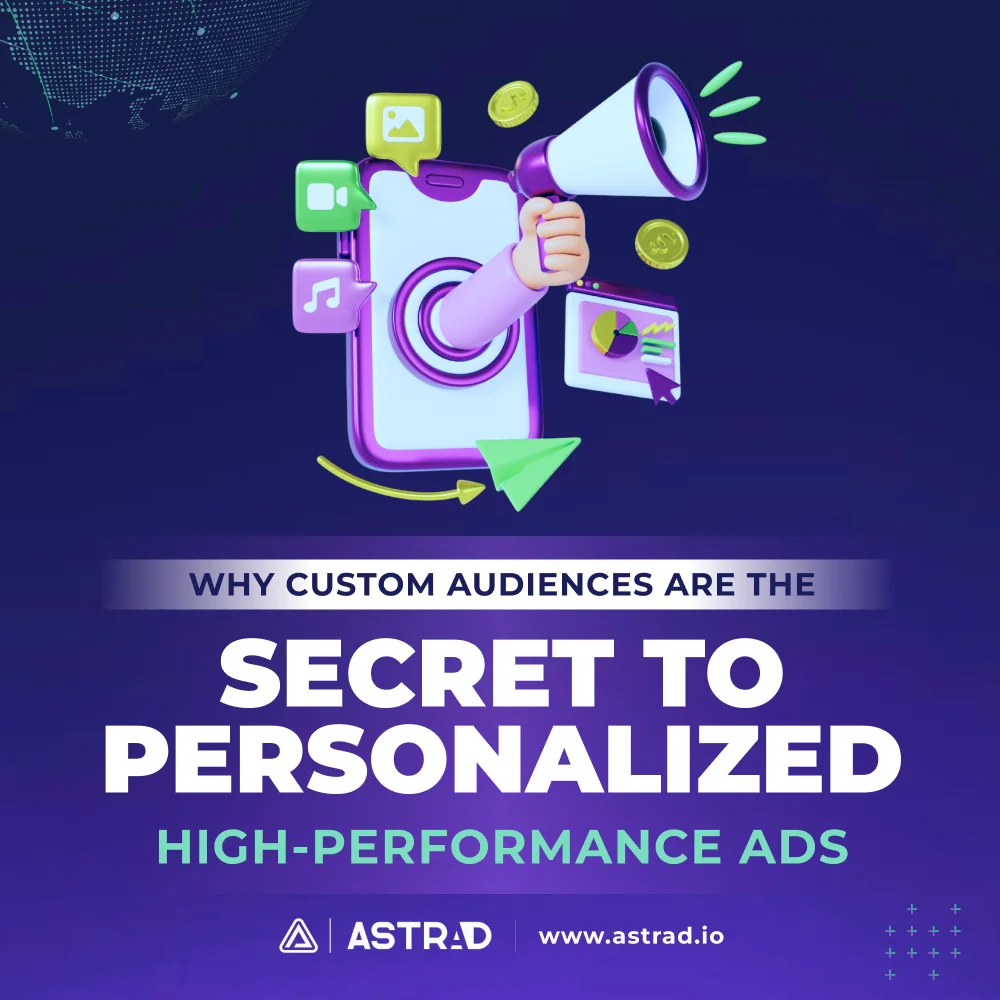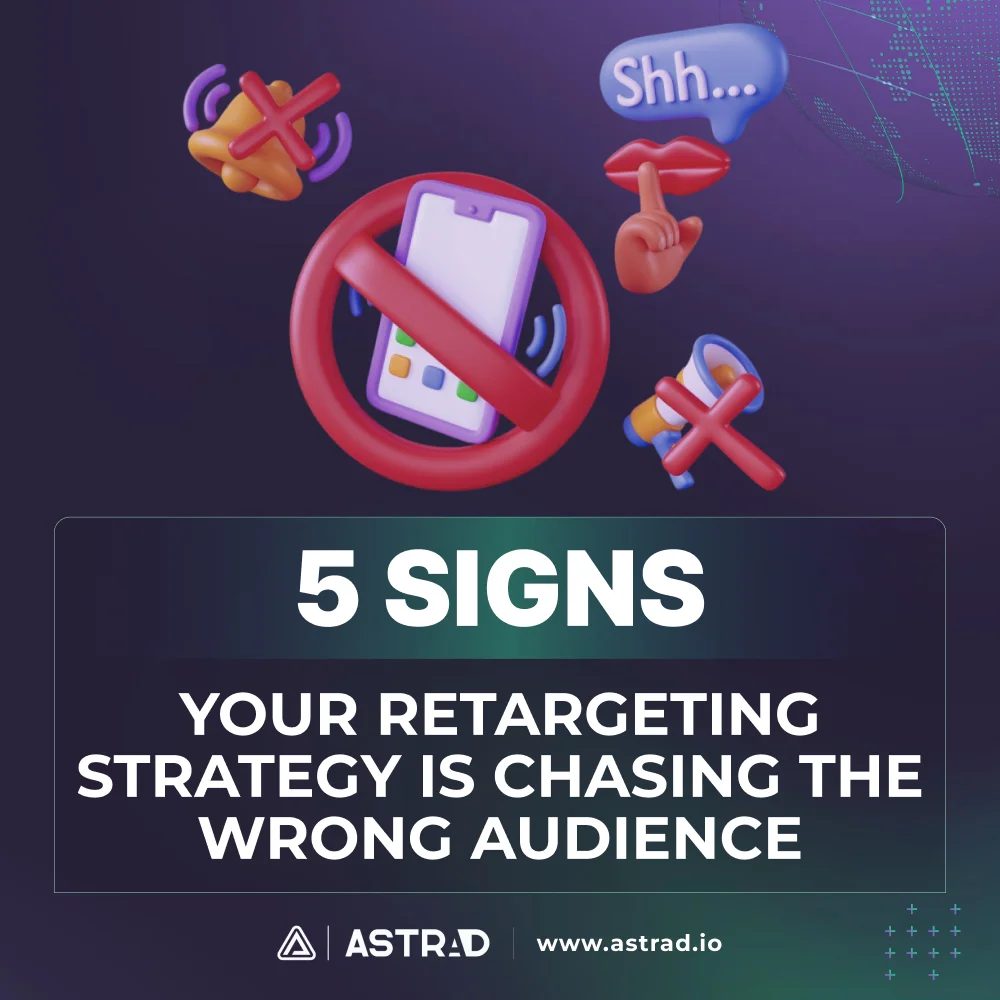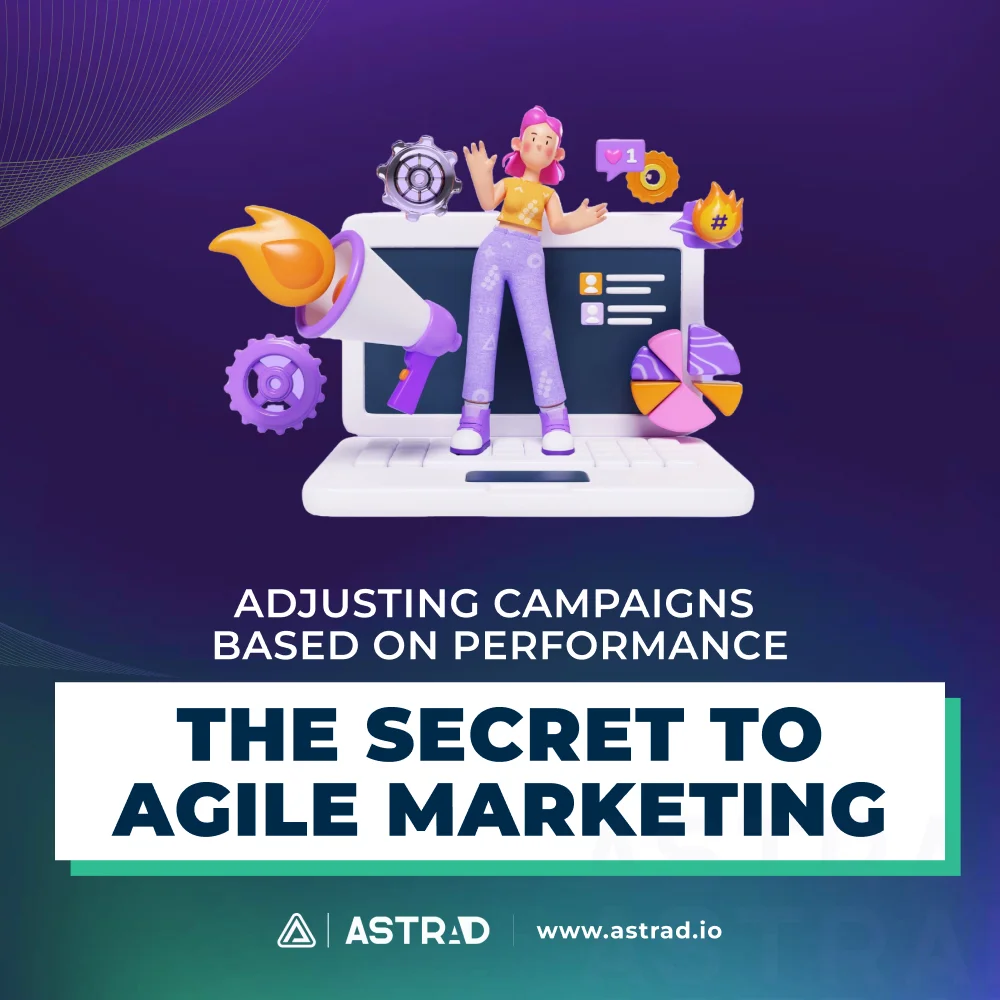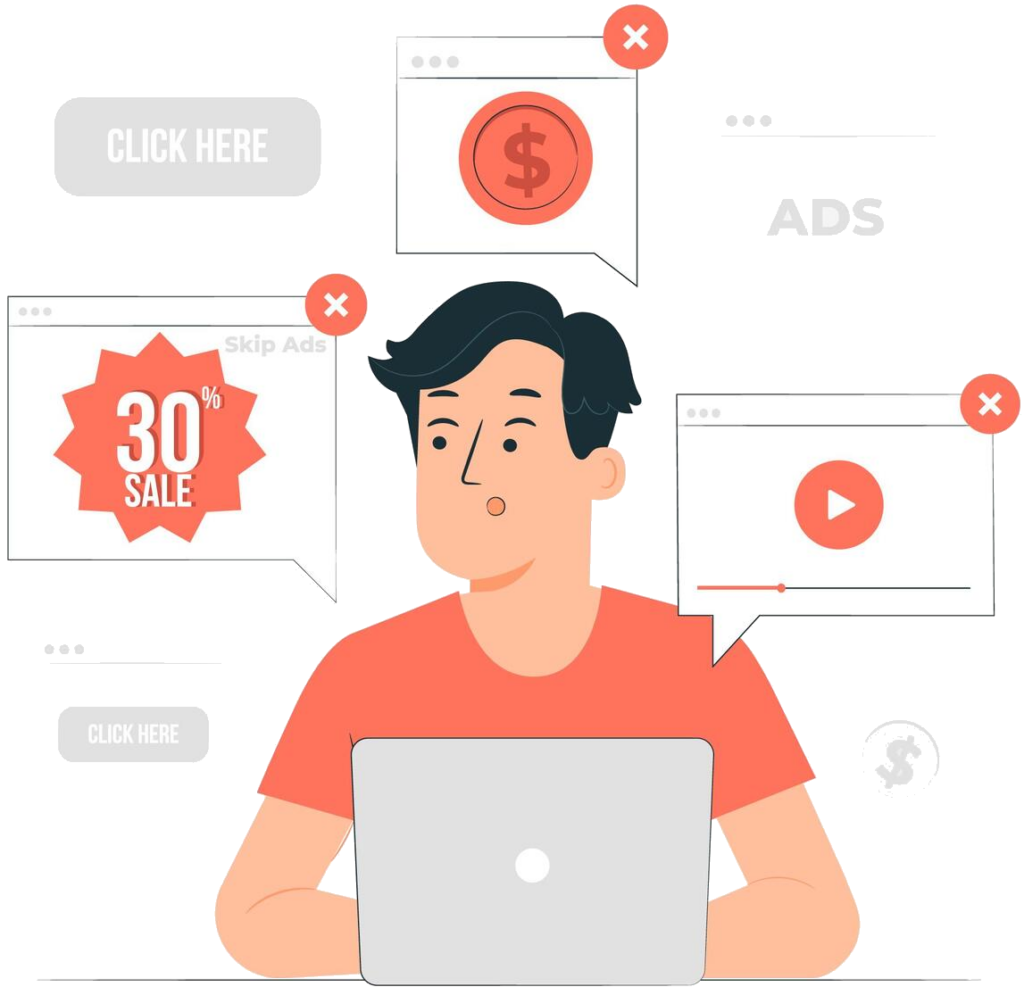If you’ve ever been hooked by an ad that lets you interact, click, or explore right from the banner, you’ve experienced the essence of rich media ads. These aren’t your run-of-the-mill static display ads—they’re dynamic, engaging, and designed to immerse users in an experience—a flash-in-the-pan expertise, but an experience nonetheless.
In an era where attention spans are shrinking at lightning speed—and we are all a bit ADHD-prone—and competition is Thunderdome fierce, rich media advertising has become a lifeline for marketers looking to make an impression. According to Google, rich media ads can lead to 75% higher engagement rates compared to standard display ads, making them a game-changer for businesses aiming to cut through the noise.
What Are Rich Media Ads?
Unlike static banner ads, rich media ads incorporate interactive elements—think video, audio, and dynamic content that allow users to engage directly with the ad. Whether it’s expanding to full screen, playing a video, or letting users swipe through images, these ads create a pseudo-immersive experience that keeps users hooked longer.
Brands like Nike have mastered rich media by creating expandable ads that give users a sneak peek into their latest collections, driving both engagement and conversions. Apple does the same with its ads, letting you “play” with its products right from its website.
Types of Rich Media Ads
The truth is not all rich media ads are built the same. Each has something that makes it unique. Let’s break down the most popular types:
- Expandable Ads: These start small but expand when interacted with. For example, a banner at the top of the page may grow to reveal a full product demo when clicked or hovered over.
- In-Banner Video Ads: Have you ever seen a video play within a banner on a website? That’s an in-banner video ad. It delivers video content without disrupting the user’s browsing experience.
- Interactive Ads: These are ads that allow users to click, swipe, or even play games within the ad itself. BMW created a rich media campaign where users could design their own car model right within the ad, boosting engagement and dwell time.
Benefits of Rich Media Advertising
Why are rich media ads so crucial for modern marketers? Here’s what makes them stand out from the crowd:
Increased Engagement
Rich media ads are more engaging by design. Instead of passively viewing an ad, users can interact with it—whether that’s watching a video, expanding the ad to learn more, or engaging with interactive elements. AOL’s Advertising Study found that rich media ads increased interaction rates by 400% over static ads, proving that users are far more likely to engage when they can actively participate in the content.
Higher Click-Through Rates (CTR)
If you’re looking for results, rich media ads deliver in spades. According to DoubleClick, these ads can achieve CTRs that are 267% higher than regular banner ads. Why? Because users are drawn to interactivity, and when they engage, they’re more likely to click through to learn more or make a purchase. Toyota, for example, used expandable ads with interactive videos that allowed users to explore different features of their new model, resulting in a 20% boost in CTR.
Improved Brand Recall
Rich media ads don’t just grab attention—they stick with users long after they’ve closed their browsers. They form lasting memories if properly executed. Millward Brown reports that interactive and video-based ads can improve brand recall by up to 48%, giving brands a lasting impact. With rich media, your message doesn’t just disappear into the ether—it lingers in your audience’s mind.
How Rich Media Advertising Impacts User Experience
One of the most significant advantages of rich media ads is their ability to enhance the user experience. Instead of being intrusive, these ads provide value and entertainment, often blending seamlessly into the content users are already consuming.
Interactive and Personalized Content
Rich media ads can be tailored to fit user behavior, making them more relevant and timely. For instance, a user who frequently searches for travel-related content might see an interactive ad for a new vacation package, allowing them to explore different destinations.
Personalization like this not only increases engagement but also boosts the likelihood of conversion. Marriott used interactive ads that allowed users to explore hotel rooms and amenities virtually, leading to higher booking rates.
Overcoming Potential Challenges
Of course, rich media ads aren’t without their challenges. One common issue is loading time—an ad heavy on interactive elements might take longer to load, especially on slower internet connections. However, with careful optimization and pre-loading techniques, these issues can be minimized.
For example, brands like Apple have made rich media mobile-first by ensuring their ads are optimized for touchscreens and vertical scrolling, delivering a smooth user experience across devices.
The Role of Rich Media Ads in Mobile Marketing
With mobile usage skyrocketing—accounting for over 50% of web traffic globally—rich media ads are particularly effective in the mobile space. Whether it’s vertical video ads or touch-enabled interactive content, mobile devices offer a unique opportunity for rich media ads to shine.
Mobile-First Design for Rich Media Ads
The key to success with rich media ads on mobile is designing for the platform. Facebook (Meta) reports that mobile-first ads generate 1.6x higher brand recall than non-optimized ads. That’s why brands like Samsung use vertical, touch-friendly, rich media ads to capture attention and drive engagement on mobile devices. When done right, rich media can create a seamless, interactive experience that keeps users engaged, whether they’re on a tablet or smartphone.
Better ROI Through Rich Media
When you combine higher engagement, better brand recall, and increased CTRs, it’s no wonder rich media ads deliver a solid return on investment. According to Google, businesses that use rich media ads see better ROI compared to traditional static ads simply because users spend more time engaging with interactive content. Rich media doesn’t just draw in clicks—it draws in qualified clicks, leading to higher conversions.
Why Rich Media Ads Are a Must
Right now, the digital landscape is more crowded than a Rolling Stones concert—standing out is as challenging as getting to the front row and glaring up at Keith Richards in all his glory. But with rich media ads, you don’t just stand out—you create experiences that engage, inform, and convert.
From boosting click-through rates to improving brand recall, rich media offers everything modern marketers need to make a real impact. If you’re looking to elevate your marketing game and leave a lasting impression, rich media ads are the way forward.






